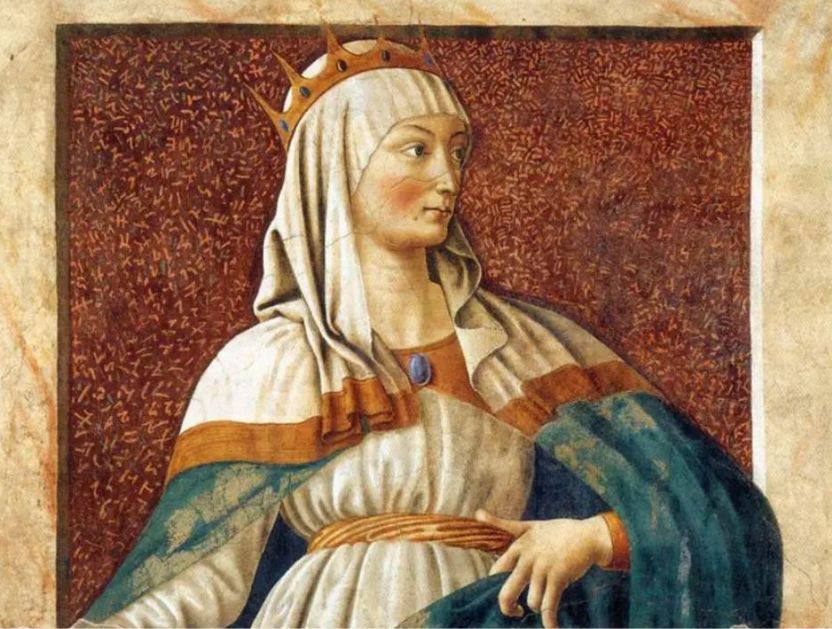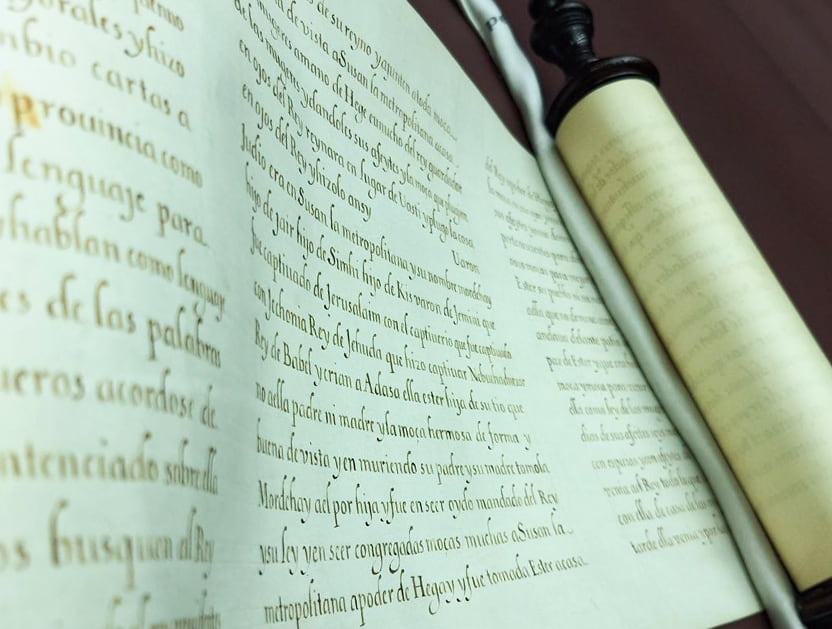Moe Berg could be in Jerusalem right now.
Then again, Berg might be in Tokyo, where he shot moving images during a visit in 1934, film he gave to the U.S. government that he figured helped American military planners fighting the Japanese in World War II. Or in Europe, where Berg spied for the U.S. Office of Strategic Services, an intelligence agency that evolved into the Central Intelligence Agency, during the war. Or at the sites of American stadiums, where he played baseball in the major leagues for 15 seasons. Or back in Manhattan, where Berg was born in 1902, earned a law degree at Columbia University and won quiz contests on national radio programs; or New Jersey, where he earned a bachelor’s degree at Princeton University, lived much of his life and died in 1972.
More likely, Berg is in all of those places simultaneously, the winds having long ago exiled his ashes from Jerusalem’s Mount Scopus, where his sister Ethel scattered them.
That was 50 years ago, and either on that visit or in 1975 Ethel Berg donated some of Moe’s papers and photographs to the National Library of Israel — or to the Hebrew University of Jerusalem, where the NLI was housed at the time. NLI’s archives don’t reveal how the Bergiana ended up in its possession.
It’s probably just as the secretive Berg would have preferred.

An article published in 2016 by the National Baseball Hall of Fame and Museum quoted legendary manager Casey Stengel as hailing Berg’s smooth transition early in his career from shortstop to catcher, baseball’s most difficult fielding position. Stengel then added: “[N]obody ever knew his life’s history. I call him the mystery catcher. Strangest fellah who ever put on a uniform.”
Berg may have been odd, but he excelled in the sport. Mock his .243 lifetime batting average if you wish — various versions of a popular joke at the time among fellow ballplayers held that Berg could speak multiple languages but couldn’t hit a curveball in any of them — but Berg’s playing tenure at baseball’s highest level far exceeded the norm then or now. He played for the 1933 American League champions, the Washington Senators. Members of the Boston Red Sox in the early 1940s cited his acumen as a coach for that team.
In the authoritative biography of Berg, Nicholas Dawidoff’s The Catcher Was a Spy, outfielder Dom DiMaggio wondered why such an intelligent man, who was one of his coaches in Boston after Berg concluded his playing career there, worked in professional baseball.

In addition to Berg’s playing experience — catcher is considered a thinking man’s position because of its constant decision-making — consider the baseball knowledge he absorbed in conversations with just some of his teammates and managers, who included such all-time greats as Walter Johnson, Jimmie Foxx, Lefty Grove and Ted Williams.
As it was, baseball’s nomadic lifestyle — sports teams spend half of every season on the road — might have shaped Berg’s later pursuits in espionage and his inability to put down roots.
Berg, who was Jewish, visited the Land of Israel at least once, in early 1933, during his return from a visit to Japan with other major league players. Dawidoff’s book mentioned that Berg visited the Sea of Galilee, the Jordan River and the Valley of Jehoshaphat outside Jerusalem’s Old City, but said nothing about Berg’s impressions of those places or others in the country – or of Berlin later in the trip, the day Hitler became chancellor of Germany.
Once his baseball career wound down following his stint as a coach, Berg began working for the U.S. government in 1942.
The biography posits that in 1969, Berg – who implied that he was still working for the CIA at the time— “probably” played a role in providing Israel with 100 military helicopters, and might have met Prime Minister Golda Meir at that point.

What’s clear is that Berg, for all of his embellishments, played a role in American espionage during a critical period in history. He was even assigned to assassinate a leading German physicist and Nobel Prize winner, Werner Heisenberg, in Zurich in December 1944 if Heisenberg indicated during a lecture there that Berlin was close to developing an atomic bomb. Heisenberg didn’t, so Berg’s pistol stayed in his pocket (see Heisenberg’s War by Thomas Powers, pp. 391–392).
Berg’s contributions were such that in 1945 he was selected for the Medal of Freedom, an award going to Americans safeguarding the country’s national security. Berg declined the award, and Ethel accepted it on her brother’s behalf following his death.

The NLI’s file provides some insight into Berg’s life. The main item is a 12-page letter to his family that Berg wrote on Tokyo’s Imperial Hotel stationery on November 9, 1932, when he was still a ballplayer. Berg wrote about the hotel (it was designed by Frank Lloyd Wright), where his roommate was future Hall of Famer Ted Lyons; the local custom of bowing in greeting; Japanese food (“raw fish to dip in soy sauce (very tasty)”); words (“OCHA = tea”); geisha shows (“the dances are more or less poses — instead of motion”); hygiene (“the Japanese … bathe in extremely hot water once or twice every day”); women’s shoes (he drew two diagrams); kimonos; traffic control; Tokyo’s Ginza (a boulevard he nicknamed “the Ginzberg”); and baseball (the American players had come to run clinics for teams representing six universities).

Berg later that month typed short remarks he delivered in English on Radio Tokyo. “I hope an innocent adventure like ours [the baseball tour] will turn out to be a scoop of diplomacy without portfolio,” he wrote of his stay in Japan.
Strangely enough, he all but ignored the biggest news in his homeland: the presidential election the day before. Berg’s last words before signing off were only these: “heard Roosevelt won — lucky.”

A document in the National Library’s collection that Berg wrote in about 1942 apparently preceded his first undercover assignment, as a sports ambassador in Latin America under the aegis of the Office of the Coordinator of Inter-American Affairs – a U.S. government agency tasked with countering Italian and German propaganda efforts in Latin America. It consists of two pages of Berg’s typed notes about sports’ ability to bridge cultural differences.


On May 17, 1943, his boss at the Office of the Coordinator of Inter-American Affairs sent a letter stating that Berg’s contract wasn’t being renewed. The boss was the agency’s head, future Vice President Nelson Rockefeller. A November 26, 1958, letter signed by Rockefeller thanked Berg for congratulating Rockefeller on winning New York’s gubernatorial election.

The two letters are also preserved at the National Library of Israel, as are four black-and-white photographs. One picture shows Berg wearing a suit and a hat and standing in a field with two uniformed soldiers, one of whom is smoking. Beside them is a shorter person, perhaps a child, who is holding a leash.
The animal on the leash is a goat. Where the snapshot was taken, who the three people are with Berg and why a goat is in the picture — well, we just don’t know.
Maybe Berg’s CIA file can tell us.
Writer-editor Hillel Kuttler can be reached at [email protected].



























